All Activity
- Past hour
-
Interesting ! I always believed minelab would be the first to solve the black sand issue since they say all their research team is in australia and there are lots of harsh mineralized areas and islands near for them to test. Many things we dont understand About earth as a detectorist we study history and topography but now that you mention forming of the earth and its crust ect nerd talk my mind clicked. Here we have many plates pushing rubbing thats how the strip conected north and south not a geologist but im sure that has something to do with the pacific beaches that sit within the nazca plate and carribean plate being undetectable on pacific side. I thank all the wonderfull people here for the great insight and experience. Maybe a machine will work or not i will give the garret atx or infinium a try. One detector that rules all is what we want will we ever get it. Thanks gents!!
-
Thank you, Doc, and not silly at all, in my opinion. I quite agree, actually, and left a message with the local historical society to let them know about it and to request help in discovering to whom this would have belonged. I did post this to a California MDing group, and one of the members did me the favor of photo-reversing the image, turning it into a black and white positive. The lady was quite a beauty for her day, IMHO. With this picture and the local historical society's help, I think we can figure this out, and I may loan it to them for their displays.
-
Wolfhound281 joined the community
-
When Is The Update Your Email Thing Going To Go Away?
peterinaust replied to bklein's topic in Detector Prospector Forum
I just now updated my same email address. For now it seems to be gone? -
Might have heard of one.
-
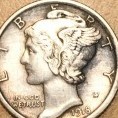
The Tesoro Detctors Are Crushing On Ebay.
Noah (FL) replied to George Kinsey's topic in Compass, D-Tex, Tesoro, Etc.
eBay is so frustrating. I have a few different tesoro searches that I look at every few days and I haven’t seen a Golden uMax listing in months -

The Tesoro Detctors Are Crushing On Ebay.
Rivers rat replied to George Kinsey's topic in Compass, D-Tex, Tesoro, Etc.
i just bought 4 2 scout(compadre with sens pot) 1 Rapier(silver sabre umax) 1 Compadre All in like used twice condition ,stocking for the old days RR - Today
-
2 Hour Notch Experiment Park Hunt. 5 Rings.
midalake replied to Digalicious's topic in Metal Detecting For Jewelry
Pretty ace for a two-hour hunt. -
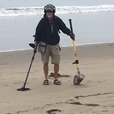
2 Hour Notch Experiment Park Hunt. 5 Rings.
Skate replied to Digalicious's topic in Metal Detecting For Jewelry
Not to hijack the thread but I have a question on your parks, specifically the age of the park you're hunting. Are your deep rings in old parks (50-100+ years old) or are they in newer parks? I'm trying to get more scientific (if that's possible) on my jewelry recovery. I'm curious if the sink rate is such that rings will go to greater depths faster especially in newer parks. My two parks in town are both on the new side, one 35 years old and one 15 years old. I have found rings in each but mainly in the top 2-5 inches. -
That's what I figured. With my D2 I would always dig the zinc's because once in a while a big gold ring came up. Not on the Manticore so far. 42-62 is almost always a zinc in my parks. I've dug so many I've just decided to walk past them now. I know I'm possibly passing on a gold ring but it beats the wear and tear on my knees.
-
My God, what a big mistake I made with the weekly average! I didn't realize what you meant in 5 years. Quite right. What I did not deviate from was the calculation of the profit, which luckily did not carry the error of the first calculation. In any case, you have superb numbers and significantly better than those of the average mortal. Congratulations!
-
Sweet! Love looking at the old stuff you guys recover, and that looks to be real old. It looks like it could be silver??
-
Update On Dalas™ Rod - Youtube Video Showing How This System Works.
Doc replied to Doc's topic in Detector Prospector Forum
Gang, here is a device invented by a buddy of mine in Australia. He really put a lot of work into it. This is about his 5th generation. I gave him some input on it and he made several modifications. Does it work? Would I use it? Is it over-engineered? Is it expensive? The answer to all of the questions is "YES." Is it practical? DEBATABLE. If you were going to swing the 19 inch GPZ7000 coil all day long. I'd say give it a go. However, I would suggest you have someone else along to help you dig. Because this is not the rig you want to be wearing when you are banging away at the ground with a pick and getting down on your knees. Also something that really freaks me out is that sharp metal leaf type metal right next to my face. So I would probably only use this on the flat, to try and avoid any possibility of suffering a slip and fall. I really admire the work and ingenuity put into this device. But for the average detector prospector, I would think this is a bit much too much. By the way I took the picture with the entire pool in the background so Gerry and Michelle will know there is plenty of room for Michell's floating lounge chair and Gerry's little inflatable arm floaties. 😅 Doc -

Danger Danger - Very Important Read If You Are Married
Lanny replied to Doc's topic in Detector Prospector Forum
Great little thread Doc, lots of entertaining stories, and thanks for the pictures. All the best, Lanny -

Update On Dalas™ Rod - Youtube Video Showing How This System Works.
Lanny replied to Doc's topic in Detector Prospector Forum
Glad you're still coming up with inventions to make detecting more comfortable Doc, good for you. All the best, Lanny -

I Feel Like I Got Screwed. What Say You?
☠ Cipher replied to khouse's topic in Minelab Manticore Forum
This is good to hear. My next purchase will be a Blu3 Nemo or Nomad for local swimming holes. -
Great that you found some gold, congratulations! All the best, Lanny
-

I Feel Like I Got Screwed. What Say You?
☠ Cipher replied to khouse's topic in Minelab Manticore Forum
I went with the yellow Koss. -
Any reports of the Equinox 900 leaking (water hunters)?
-
This was a Confidential Memo that I wrote to make a thorough examination of what the history of metal detector support devices have been, and what the positives and negatives of each design were. This was, in essence, my blue print to design a new device that addressed all the shortcomings of the predecessors of Metal Detector support devices. It is marked Confidential because until now the public never seen this document. This is my process when developing a new product and determining whether or not there is a need, and whether I can "build a better mousetrap" so to speak. -Doc CONFIDENTIAL FOR YOUR EYES ONLY Common Metal Detector Support Devices, what they attempt to do. • Claim to redirect weight to alleviate stress on arms, shoulders and neck. • They attempt to do this by redirecting the weight to a larger area of the body, usually the waist. Why Common Metal Detector Support Devices fall short of their intended purpose. • Some units are too bulky and constricting. • Some systems attempt to mitigate the weight by directly transferring the weight to your waist without re-directing the weight. This means you have to wear a tight belt to keep your pants up. • You have to select a fixed size with no ability to adjust the length if it is not perfect. • Some adjustable systems do not give you enough of an adjustment and are too short to function properly. • Some adjustable systems pull apart even when they are adjusted to the longest adjustment. • Some systems require an adjustment to switch for right hand to left hand use, which is not secure and tends to come apart when used. • Most systems are designed to attach to the “D” ring of your harness or are dependent on being fixed to the harness “D” ring in some way. If you are unable to adjust the device to the perfect length, the system pulls on the “D” ring. This then transfers the weight to your shoulder instead of your waist. This completely defeats the purpose of the proposed advantage of the system which is to transfer weight. • Some “Over the Shoulder” devices are so large, heavy and cumbersome, most users find them unusable. In addition to which the “Over the Shoulder” device puts the bent support strut with “D” ring over your shoulder and right next to the side of your face. Not only is this distracting, but it could cause serious injury and a severe laceration if you were to fall and your face landed on that support strut. • Some systems do not come with a fully adjustable bungee cord or any bungee cord at all. How should the perfect Metal Detector Weight Support Device be Designed? 1. Unit should be easy to wear. It should be lite weight, minimally intrusive, and not make the user hot. 2. Unit should truly “REDIRECT” the weight NOT just transfer the weight “DIRECTLY”, so it is unnoticeable and very comfortable. 3. Unit should be fully adjustable for all size individuals without compromise for a perfect fit. 4. System should be firmly secured at any joints or areas of adjustment to prevent the unit from coming apart when being used. 5. System should be easily adjustable for right handed or left handed use, with the adjustment point being totally immune to separating when in use. 6. Support device should be completely able to move freely even when attached to a harness or “D” ring. There should be no impediments to unrestricted movement from the point of ORIGIN, where the weight of the bungee with the detector is attached to the “D” ring and where the weight is redirected to an unnoticeable area of the body where the weight redirection is TERMINATED. This design should prohibit the device from ever pulling down on the harness and transferring the weight onto the shoulder, neck, upper arms, or any part of the body other than the weight redirection termination point of the support device. 7. Support System should not pose a significant risk to the user. System should not be made of metal. They should be free of sharp edges. It should not be necessary to wear the system close to the side of your head. Direct weight transfer systems using a strait support rod should be avoided. If the weight is directed straight down. In a fall the force of the fall could drive the rod straight up causing injury to the user. 8. Support System should come with a fully instantaneous “On the Move” adjustable bungee support rig with multiple ways to adjust your detector to the perfect height. Bungee should be adjustable at the attachment point of the detector rod and at the shoulder clip and be ambidextrous. Bungee cord should be of superior material, Dacron Polyester UV protected Marine Grade with a 50% stretch. Either end on the bungee should be able to be attached to the detector. The bungee cord should be easily detached or reattached with one hand to either the “D” ring of the Weight Support Device, or to the attachment device on the metal detector rod. The DALAS™ • Detector Air Lift Assist System Features 1 through 8 listed above! CHECK!
-
Even white sand can be black sand.. This is on Magnetic Island.. The island was formed 275 million years ago when molten granite pushed through the Earth's crust to form on dome shaped blob.. This blob has been eroded into the steep hilly island it is today.. There's huge granite boulders everywhere.. The island has 8 gold mines up in the hills.. Some bays have deep layers of black sand covered by white coral sand.. In those bays I've been using my Equinoxes with large coils, but my black sand is no where near as bad as yours.. In really bad patches (for me) the GPX5000 also worked well..
-
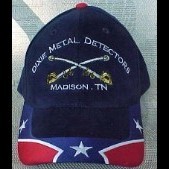
The Tesoro Detctors Are Crushing On Ebay.
L David Keith replied to George Kinsey's topic in Compass, D-Tex, Tesoro, Etc.
Lots of my customers are going back to analog detectors. -
- 1 reply
-
- 1
-

-
Update On Dalas™ Rod - Youtube Video Showing How This System Works.
Doc replied to Doc's topic in Detector Prospector Forum
By the way, I am getting the question, How Much? This is not carved in stone, so give me a little grace. I never know what Customs is going to whack me. The DALAS rod by itself, not including the strap which will be an optional accessory I am anticipating, $129.95. Yet another difference between the Hip Stick and the DALAS. You can buy three Hip Sticks for the price of one DALAS™. Doc -
I've known of them for years. It's been on my trip list for a long time. The gem is the Oregon State gemstone. There is also a "pay" mine there. That deal wasn't open when we were there. Apparently they don't open until May 15th Jim
-
Quick Links
-
Popular Now
-

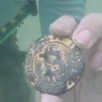
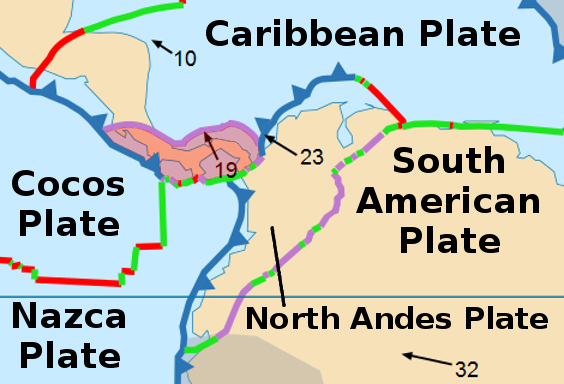
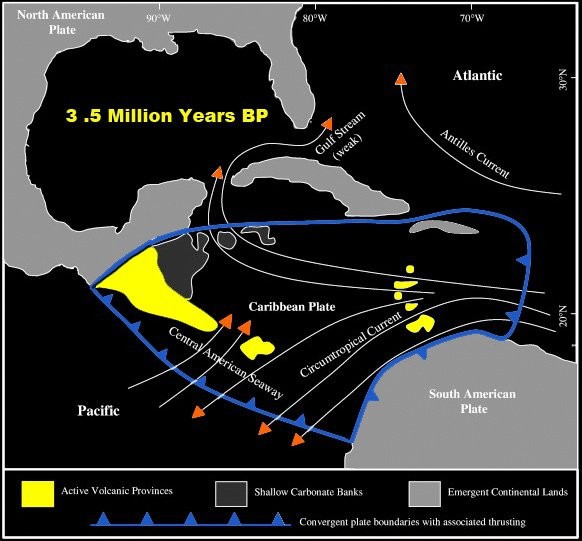
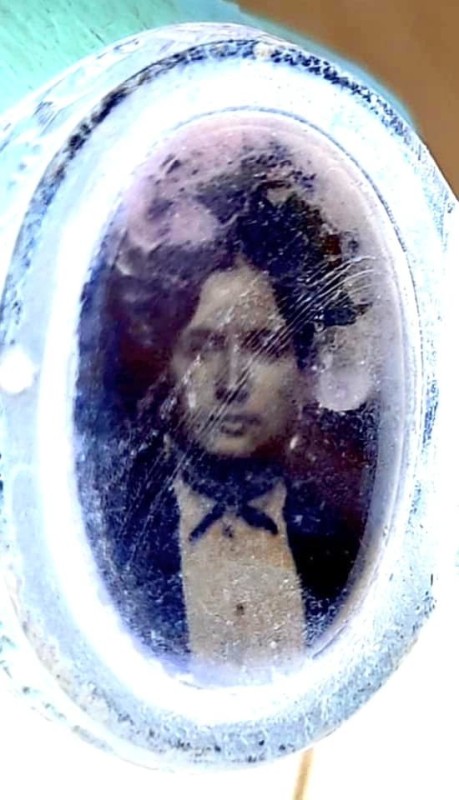
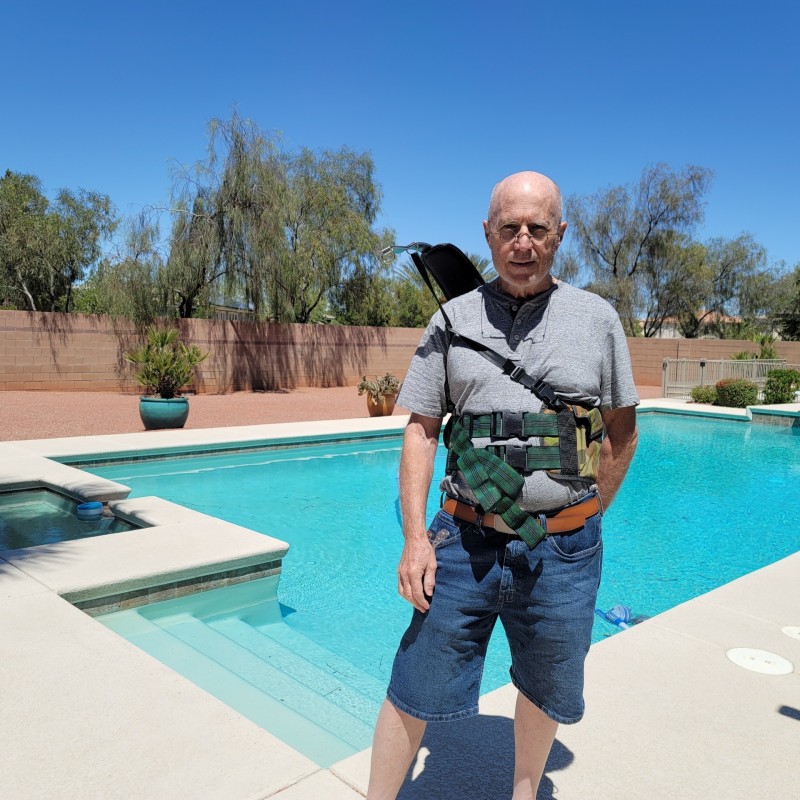
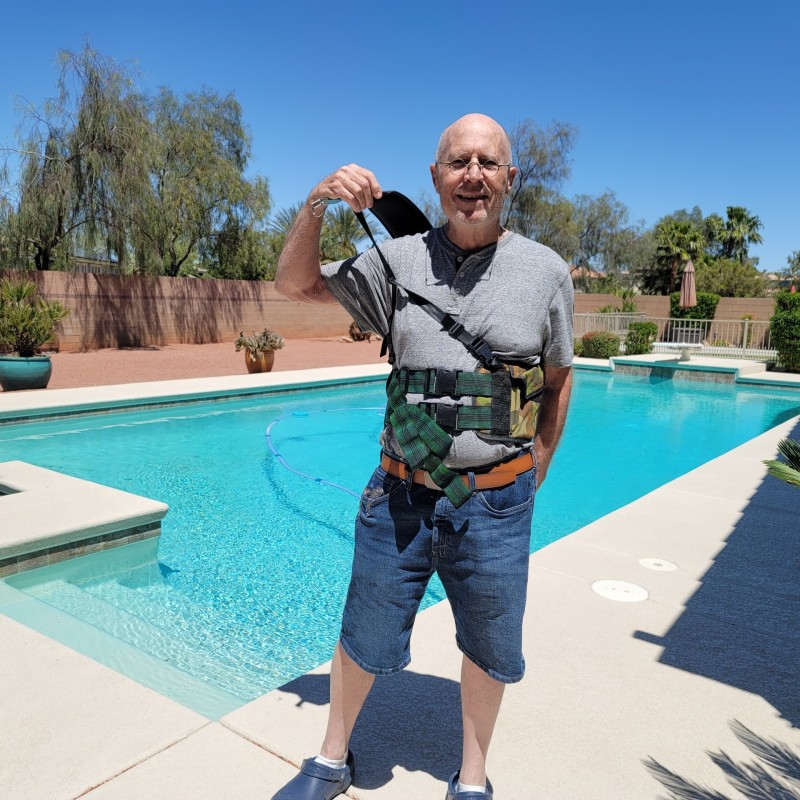


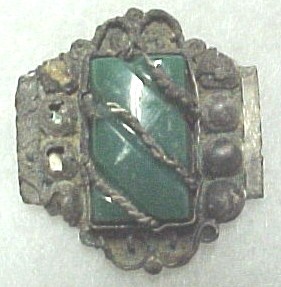
.thumb.jpg.ac5e8ee36e43bcab745dbc623fcf1874.jpg)

